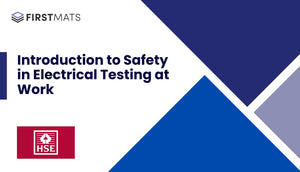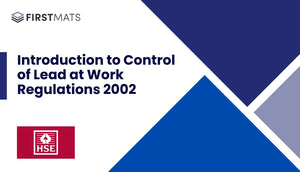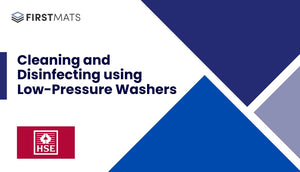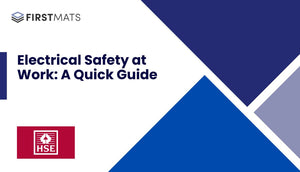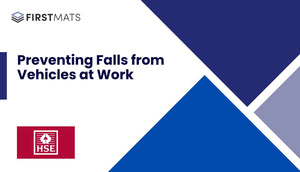Article Index:
Introduction
This blog post is a simple guide to understanding the Health and Safety Executive (HSE) document INDG214(rev2), "First Aid at Work: Your Questions Answered". This leaflet provides basic information about first-aid provision at work, targeting employers in small and medium-sized workplaces. Here, we break down the key points from this document into an easy-to-understand format.
What is First Aid at Work?
First aid at work involves immediate attention given to individuals who suffer injuries or fall ill at work, regardless of whether the cause is work-related or not. This provision can save lives and prevent minor injuries from escalating into major ones.
What Do Employers Need to Do?
The Health and Safety (First-Aid) Regulations 1981 require employers to provide:
- Adequate and appropriate first-aid equipment
- Facilities and personnel
- Information for employees about first-aid arrangements
These provisions should be available at all times when people are at work. What is deemed 'adequate and appropriate' is determined by the circumstances in each workplace.
First-Aid Needs Assessment
Employers should assess their first-aid needs based on the nature of their workplace. Factors to consider include:
- The level of hazards in the workplace
- The number of employees
- The history of accidents and illnesses
- The nature of work activities and working arrangements
First-Aid Box Contents
There's no mandatory list of items for a first-aid box, but a suggested list includes:
- A leaflet giving general guidance on first aid
- 20 individually wrapped sterile plasters
- Two sterile eye pads
- Four individually wrapped triangular bandages
- Six safety pins
- Two large, individually wrapped, sterile, unmedicated wound dressings
- Six medium-sized, individually wrapped, sterile, unmedicated wound dressings
- At least three pairs of disposable gloves
It's recommended not to keep tablets and medicines in the first-aid box.
Appointed Person and First-Aiders
If a trained first-aider isn't required in a workplace, an appointed person should be in charge of first-aid arrangements. This person looks after first-aid equipment and facilities and calls the emergency services when needed. They do not need first-aid training.
A first-aider, on the other hand, is someone who has undergone training appropriate to the level identified in the needs assessment. They are equipped to give emergency first aid to someone who is injured or becomes ill while at work.
Selecting a Competent Training Provider
First-aid training is available from a wide range of providers. Employers should ensure that their chosen provider meets the standards in a number of areas including competence to deliver first-aid training, qualified trainers, relevant course content, and necessary quality assurance systems.
Conclusion
This guide has provided a simplified overview of the HSE document on First Aid at Work. Employers have a responsibility to provide adequate and appropriate first-aid provisions at work, and this guide should help in understanding what those responsibilities entail. For more detailed information, refer to the original HSE document here.


